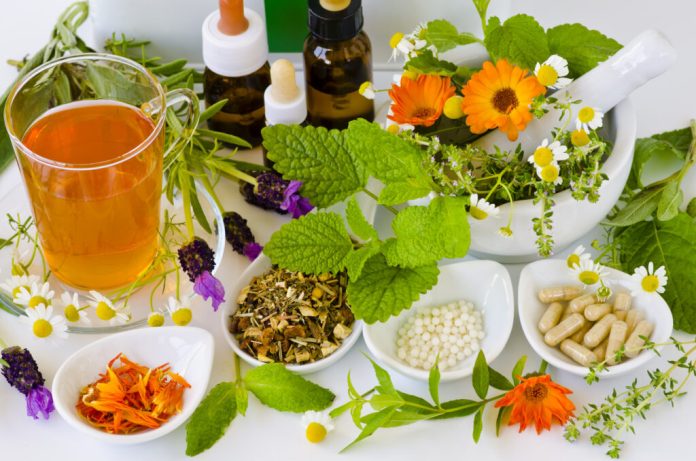Estimated reading time: 0 minutes
Lichen Planus, recognized by the distressing itchy, purplish lesions it manifests, often prompts individuals to seek relief beyond conventional treatments. Ayurveda, a system of medicine steeped in ancient Indian traditions, offers a profound understanding of LP, viewing it through the prism of doshic imbalances and toxin accumulation within the body. Here, we delve into how Ayurvedic dietary principles can serve as a cornerstone for a comprehensive management plan for LP, focusing on nourishment, detoxification, and balance.
Deepening Our Understanding of Lichen Planus in Ayurvedic Terms
According to Ayurvedic teachings, the equilibrium among Vata, Pitta, and Kapha doshas is essential for optimal health. LP’s occurrence signals a dominant imbalance in Pitta and Kapha, leading to the production of ama, which contributes to the condition’s characteristic symptoms. Addressing LP, therefore, involves more than surface-level treatment; it necessitates a return to internal balance and purity.
# Crafting an Ayurveda-Inspired Diet for Lichen Planus
Embracing Pitta and Kapha Harmonizing Foods
– Cooling the Flames of Pitta: A diet that soothes Pitta’s fiery nature is paramount. Opt for foods that are cool, grounding, and refreshing. Fruits like pomegranates and grapes, vegetables such as squash and zucchini, and grains like wheat and oats can help mitigate Pitta’s intensity.
– Lightening Kapha’s Load: To counter Kapha’s density, foods that are light, stimulating, and warm can encourage balance. Emphasizing the consumption of honey over sugar, favoring lighter fruits, and integrating warming spices like black pepper and ginger can invigorate Kapha’s sluggish tendencies.
Advocating for Detoxification and Digestive Health
– The Importance of Ama Reduction: A pivotal aspect of managing LP involves the detoxification of ama. Incorporating cleansing agents like warm lemon water upon waking, utilizing herbs known for their purifying effects such as neem and triphala, and ensuring adequate hydration are steps towards reducing ama buildup.
– Elevating Agni, the Digestive Fire: Maintaining a robust Agni is crucial. Regularly consuming small amounts of ginger before meals, sipping on cumin, coriander, and fennel tea, and eating your largest meal when Agni is at its peak (midday) can help enhance digestion and absorption, reducing the likelihood of ama formation.
Integrating Mindful Consumption
– The Art of Mindful Eating: Ayurveda places significant emphasis on the manner of consumption. Eating without distractions, in a serene environment, allows for better digestion and appreciation of food, aligning with the principles of Sattvic eating.
Supplementation Through Ayurvedic Herbs
– Targeted Herbal Support: In addition to dietary adjustments, certain Ayurvedic herbs offer targeted support for managing LP. For instance, Guduchi (Giloy) is celebrated for its immunomodulatory properties, and Aloe Vera for its soothing, cooling effects on irritated skin.
# Practical Steps for Implementing an Ayurvedic Diet
Embarking on an Ayurvedic diet involves gradual, mindful changes, attentiveness to the body’s responses, and adjustments based on individual experiences. It’s beneficial to start by slowly introducing Pitta and Kapha-balancing foods into your diet, noting any changes in LP symptoms or overall well-being. Engaging with a knowledgeable Ayurvedic practitioner can provide invaluable insights tailored to your specific doshic constitution and health status.
# The Broader Implications of Ayurveda for Lichen Planus Management
Adopting an Ayurvedic approach to managing Lichen Planus is not merely about dietary changes; it represents a comprehensive shift towards holistic health. This perspective encourages individuals to consider their health in a broader context, recognizing the interconnectedness of diet, lifestyle, and mental well-being. Through Ayurveda, individuals with LP are empowered to take an active role in their healing journey, leveraging ancient wisdom to foster balance, detoxification, and rejuvenation.
# Conclusion: Ayurveda’s Integrative Approach to Healing Lichen Planus
In conclusion, integrating Ayurvedic dietary principles offers a promising pathway for individuals navigating the challenges of Lichen Planus. By focusing on balancing Pitta and Kapha, enhancing Agni, and reducing ama through mindful dietary and lifestyle practices, Ayurveda provides a framework for not only alleviating the symptoms of LP but also promoting a deeper sense of health and harmony. This holistic approach underscores the importance of viewing health as a dynamic interplay between our inner and outer worlds, inviting a deeper engagement with the nourishing potential of nature and the wisdom of ancient practices.
Related-
Know More About Ayurveda Treatment For Lichen Planus.
GET IN TOUCH


Recent comments